Сельдереевые - Apiaceae 6/13/09—7/5/24
Apiaceae or Umbelliferae, is a family of mostly aromatic flowering plants named after the type genus Apium and commonly known as the celery, carrot or parsley family. It is the 16th-largest family of flowering plants, with more than 3,700 species in 434 genera including such well-known and economically important plants such as angelica, anise, asafoetida, caraway, carrot, celery, chervil, coriander, cumin, dill, fennel, hemlock, lovage, cow parsley, parsley, parsnip, sea holly, and silphium (a plant whose identity is unclear and which may be extinct).
Most Apiaceae are annual, biennial or perennial herbs (frequently with the leaves aggregated toward the base), though a minority are woody shrubs or small trees such as Bupleurum fruticosum.:35 Their leaves are of variable size and alternately arranged, or with the upper leaves becoming nearly opposite. The leaves may be petiolate or sessile. There are no stipules but the petioles are frequently sheathing and the leaves may be perfoliate. The leaf blade is usually dissected, ternate or pinnatifid, but simple and entire in some genera, e.g. Bupleurum. Commonly, their leaves emit a marked smell when crushed, aromatic to foetid, but absent in some species.
The defining characteristic of this family is the inflorescence, the flowers nearly always aggregated in terminal umbels, that may be simple or more commonly compound, often umbelliform cymes. The flowers are usually perfect (hermaphroditic) and actinomorphic but there may be zygomorphic petals at the edges of the umbel, as in carrot (Daucus carota). Some are andromonoecious, polygamomonoecious, or even dioecious (as in Acronema), with a distinct calyx and corolla, but the calyx is often highly reduced, to the point of being undetectable in many species, while the corolla can be white, yellow, pink or purple. The flowers are nearly perfectly pentamerous, with five petals, sepals, and stamens. The androecium consists of five stamens, but there is often variation in the functionality of the stamens even within a single inflorescence. Some flowers are functionally staminate (where a pistil may be present but has no ovules capable of being fertilized) while others are functionally pistillate (where stamens are present but their anthers do not produce viable pollen). Pollination of one flower by the pollen of a different flower of the same plant (geitonogamy) is common. The gynoecium consists of two carpels fused into a single, bicarpellate pistil with an inferior ovary. Stylopodia support two styles and secrete nectar, attracting pollinators like flies, mosquitoes, gnats, beetles, moths, and bees. The fruit is a schizocarp consisting of two fused carpels that separate at maturity into two mericarps, each containing a single seed. The fruits of many species are dispersed by wind but others such as those of Daucus spp., are covered in bristles, which may be hooked in sanicle Sanicula europaea and thus catch in the fur of animals. The seeds have an oily endosperm and often contain essential oils, containing aromatic compounds that are responsible for the flavour of commercially important umbelliferous seed such as anise, cumin and coriander. The shape and details of the ornamentation of the ripe fruits are important for identification to species level.
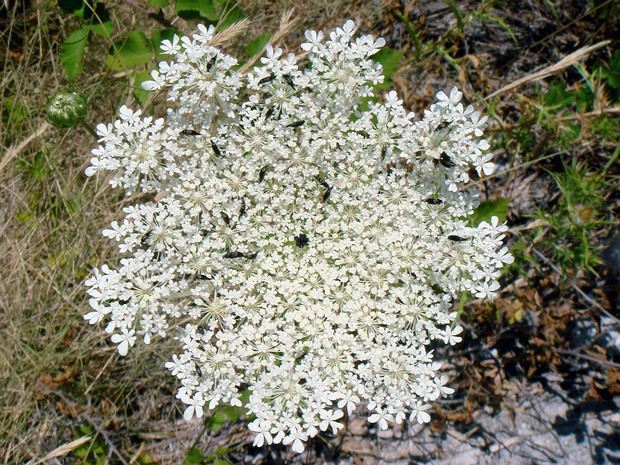


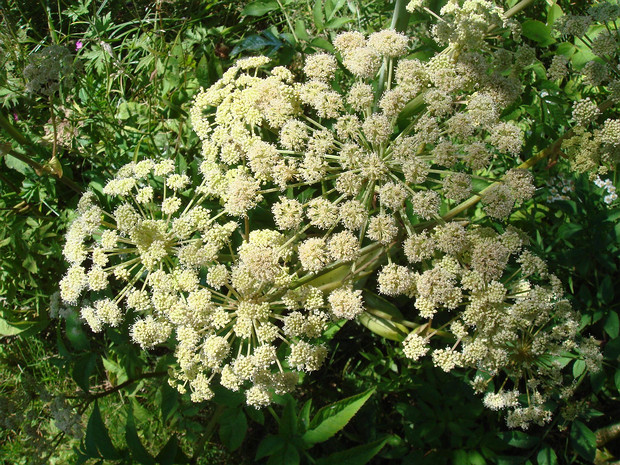
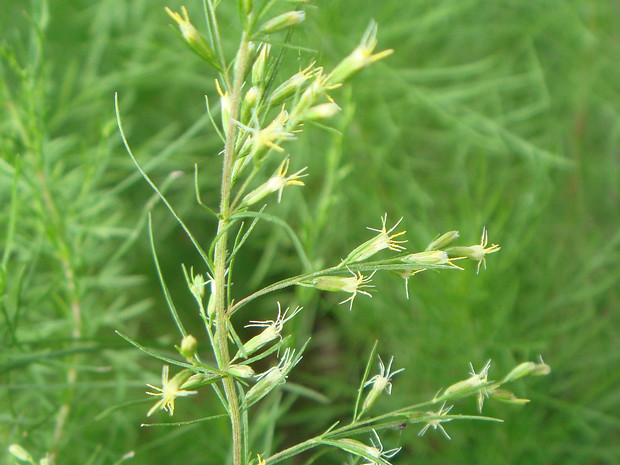
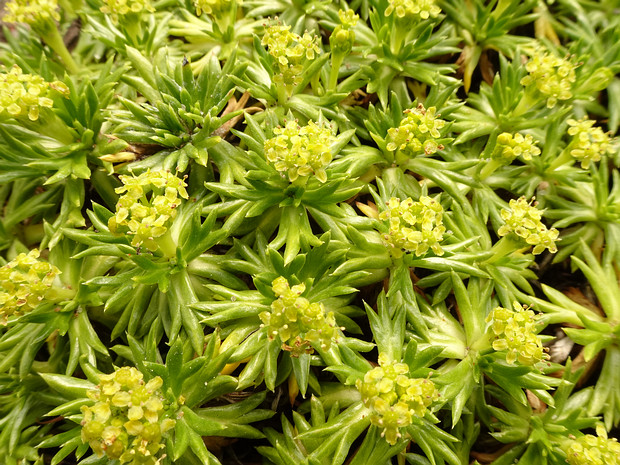
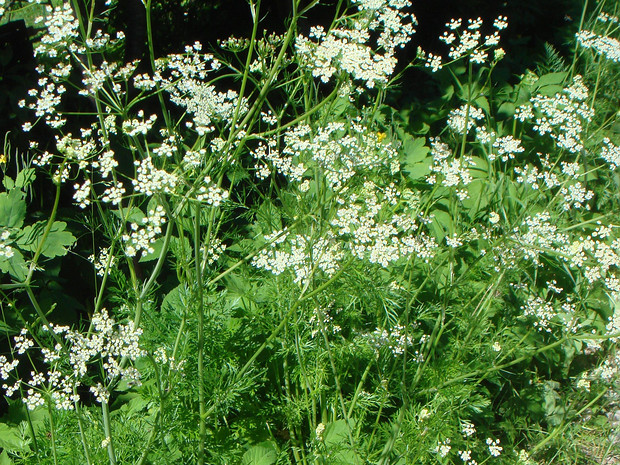

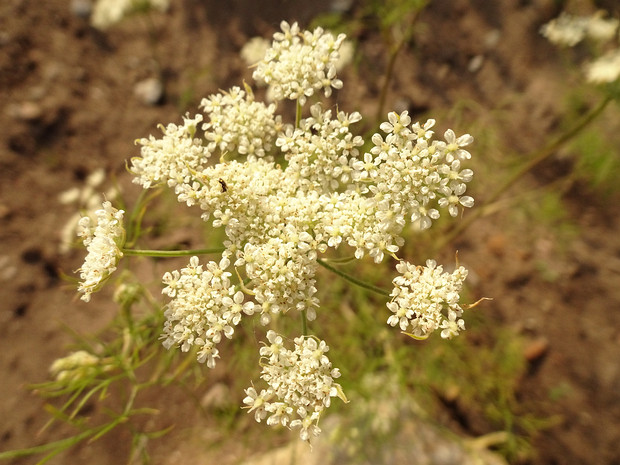
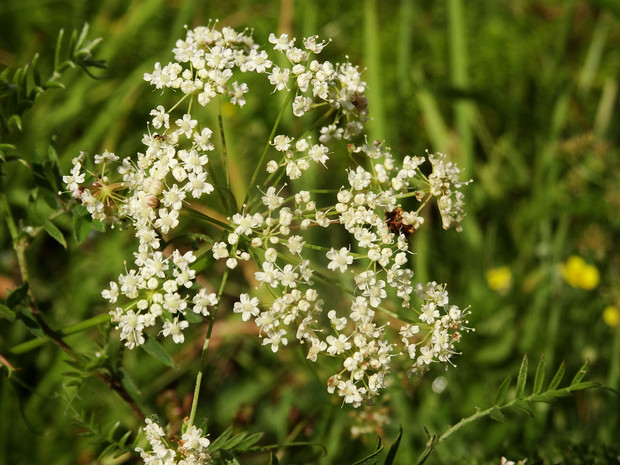
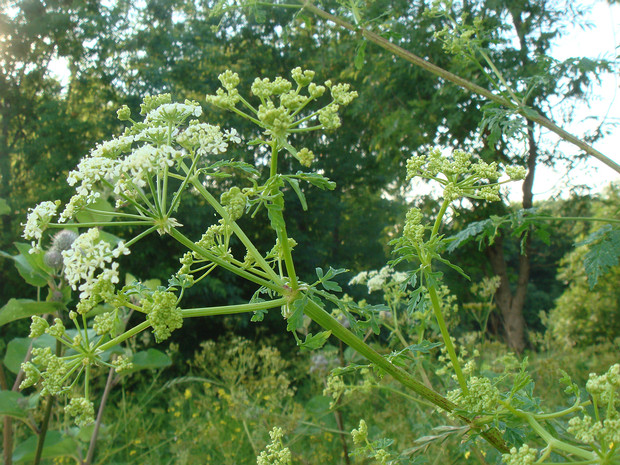
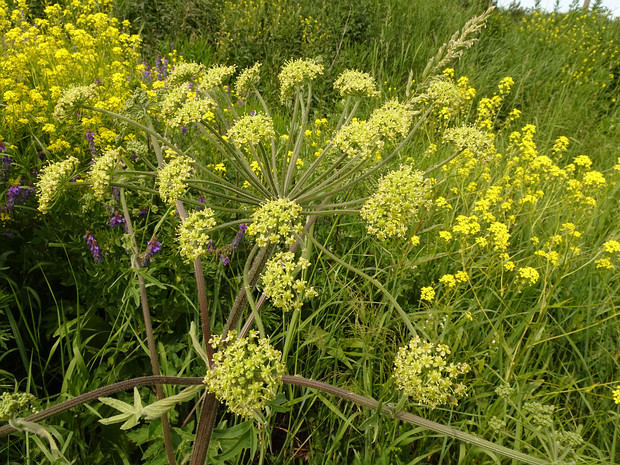
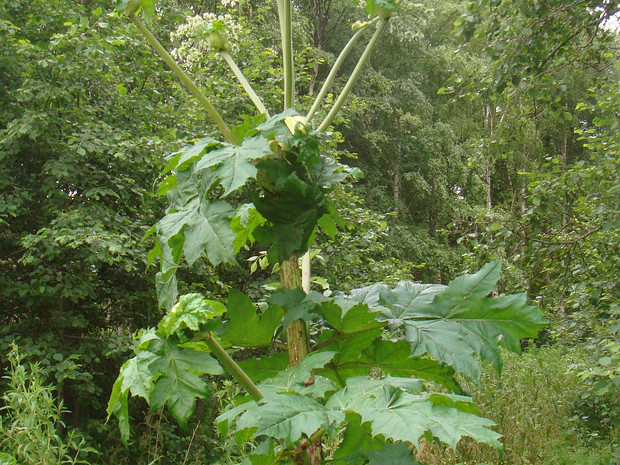
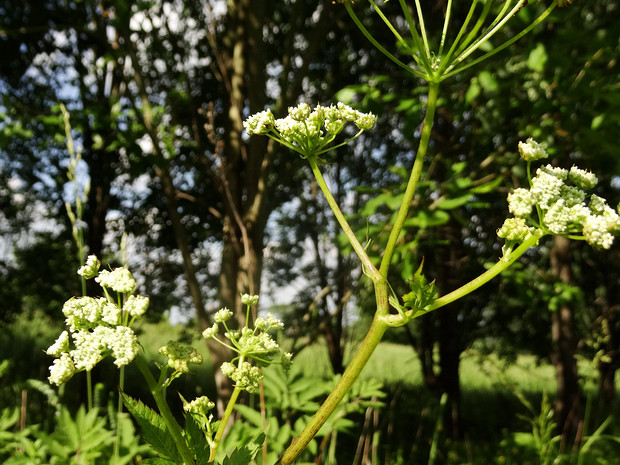
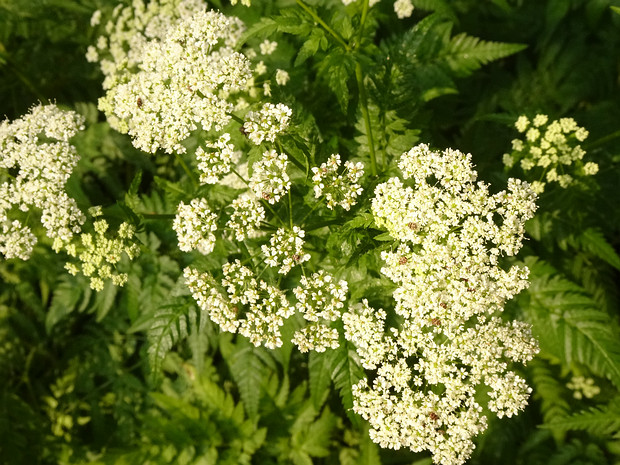
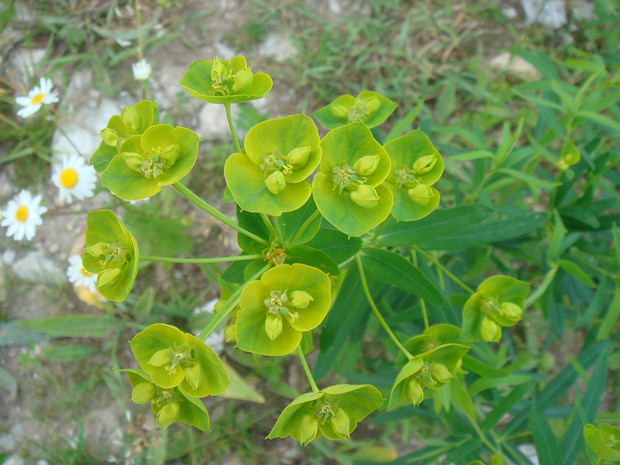
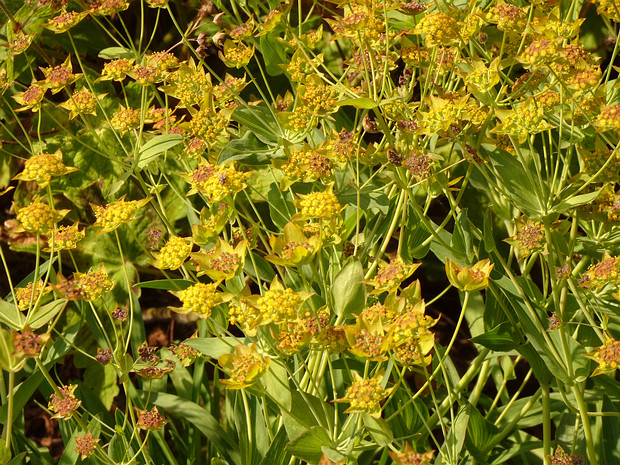


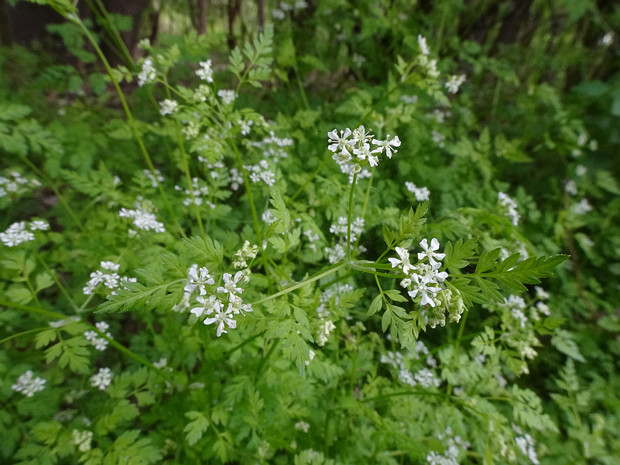
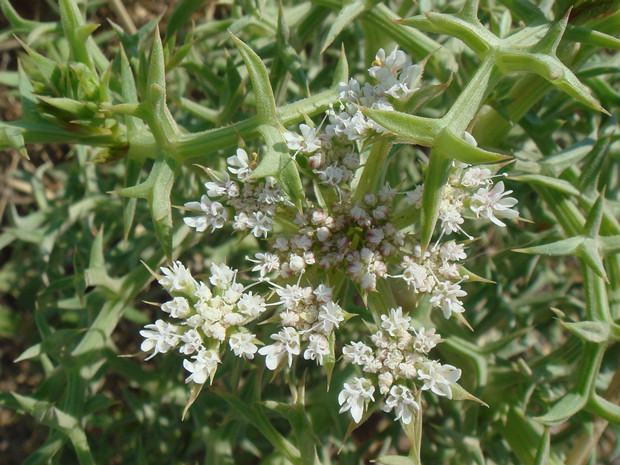
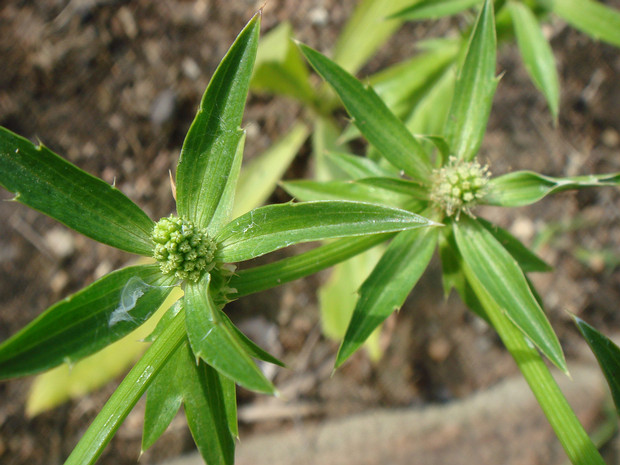
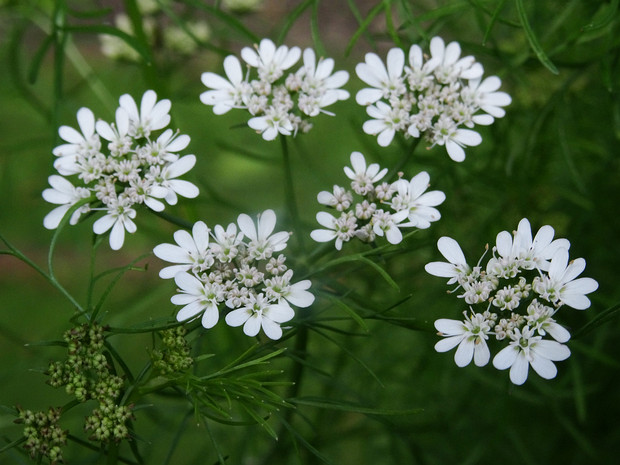

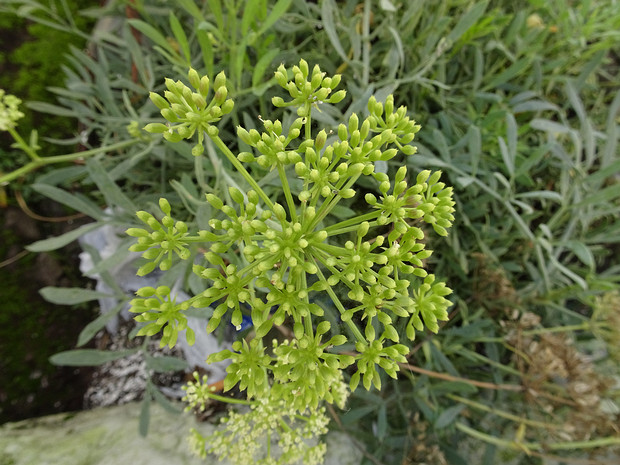

Сельдереевые - Apiaceae